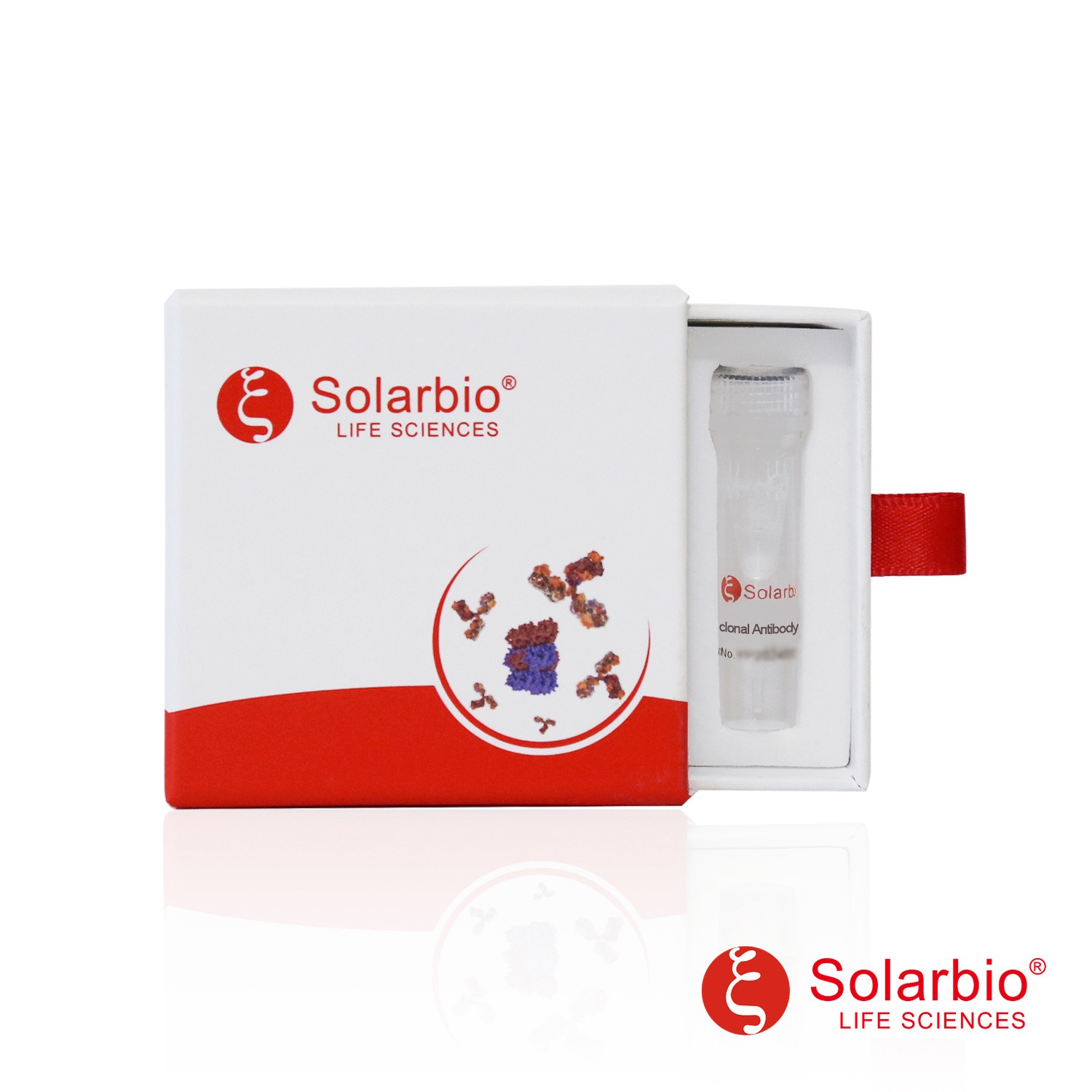| Synonyms |
49 kDa TATA box binding protein interacting protein, 49 kDa TATA box-binding protein-interacting protein, 49 kDa TBP interacting protein, 49 kDa TBP-interacting protein, 54 kDa erythrocyte cytosolic protein, ECP-54, ECP54, ERYTHROCYTE CYTOSOLIC PROTEIN, 54-KD, INO80 complex subunit H, NMP 238, Nuclear matrix protein 238, Pontin 52, PONTIN, RuvB like 1, RuvB-like 1, RUVB1_HUMAN, RVB1, TAP54 alpha, TAP54-alpha, TIP49, TIP49A, TIP60 associated protein 54 alpha, TIP60-associated protein 54-alpha |
| Background |
Possesses single-stranded DNA-stimulated ATPase and ATP-dependent DNA helicase (3' to 5') activity; hexamerization is thought to be critical for ATP hydrolysis and adjacent subunits in the ring-like structure contribute to the ATPase activity. Component of the NuA4 histone acetyltransferase complex which is involved in transcriptional activation of select genes principally by acetylation of nucleosomal histones H4 and H2A. This modification may both alter nucleosome-DNA interactions and promote interaction of the modified histones with other proteins which positively regulate transcription. This complex may be required for the activation of transcriptional programs associated with oncogene and proto-oncogene mediated growth induction, tumor suppressor mediated growth arrest and replicative senescence, apoptosis, and DNA repair. The NuA4 complex ATPase and helicase activities seem to be, at least in part, contributed by the association of RUVBL1 and RUVBL2 with EP400. NuA4 may also play a direct role in DNA repair when recruited to sites of DNA damage. Component of a SWR1-like complex that specifically mediates the removal of histone H2A.Z/H2AFZ from the nucleosome. Proposed core component of the chromatin remodeling INO80 complex which exhibits DNA- and nucleosome-activated ATPase activity and catalyzes ATP-dependent nucleosome sliding. Plays an essential role in oncogenic transformation by MYC and also modulates transcriptional activation by the LEF1/TCF1-CTNNB1 complex. Essential for cell proliferation. May be able to bind plasminogen at cell surface and enhance plasminogen activation. |


 English
English
 中文
中文

 Manual Download
Manual Download



